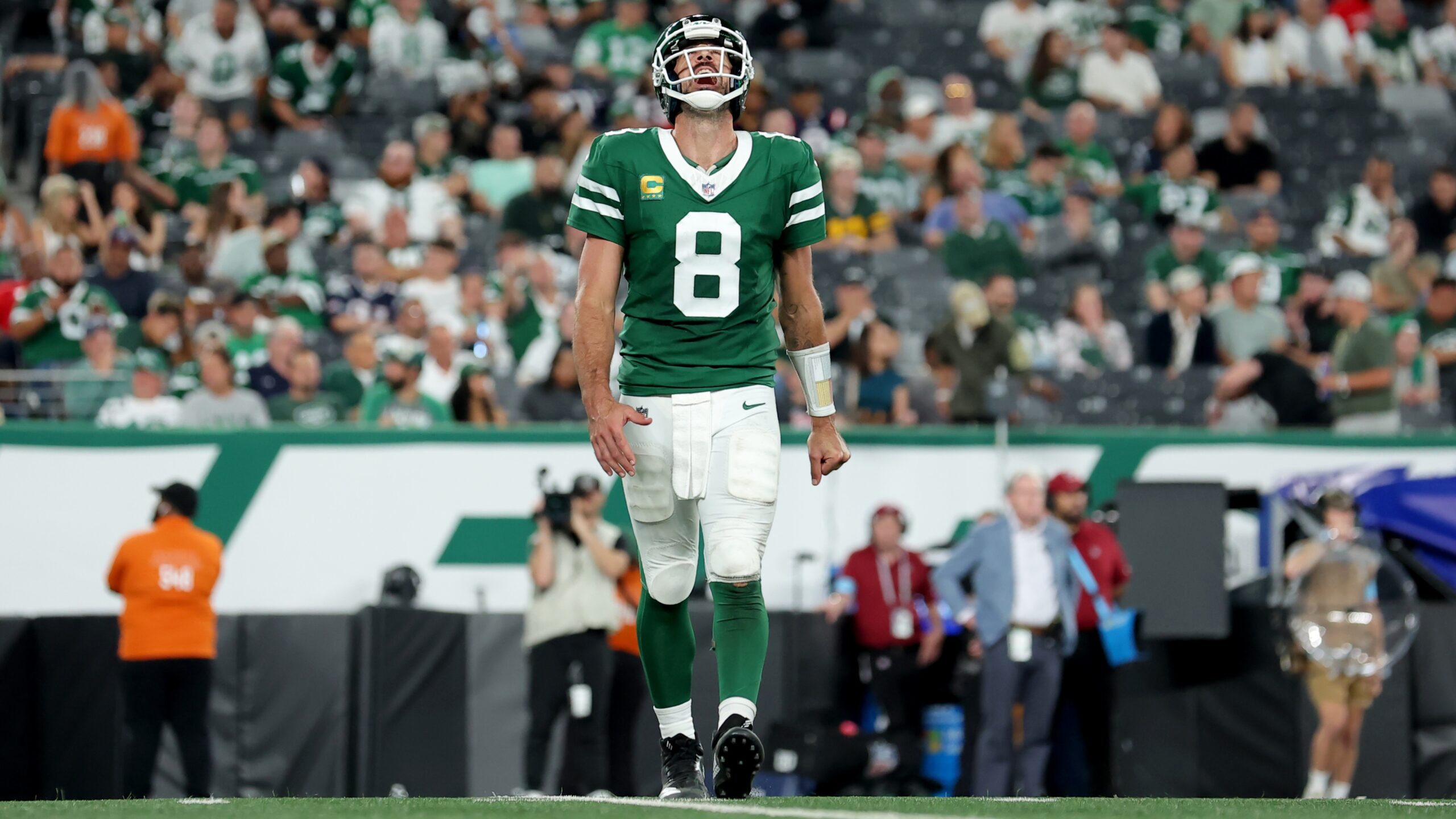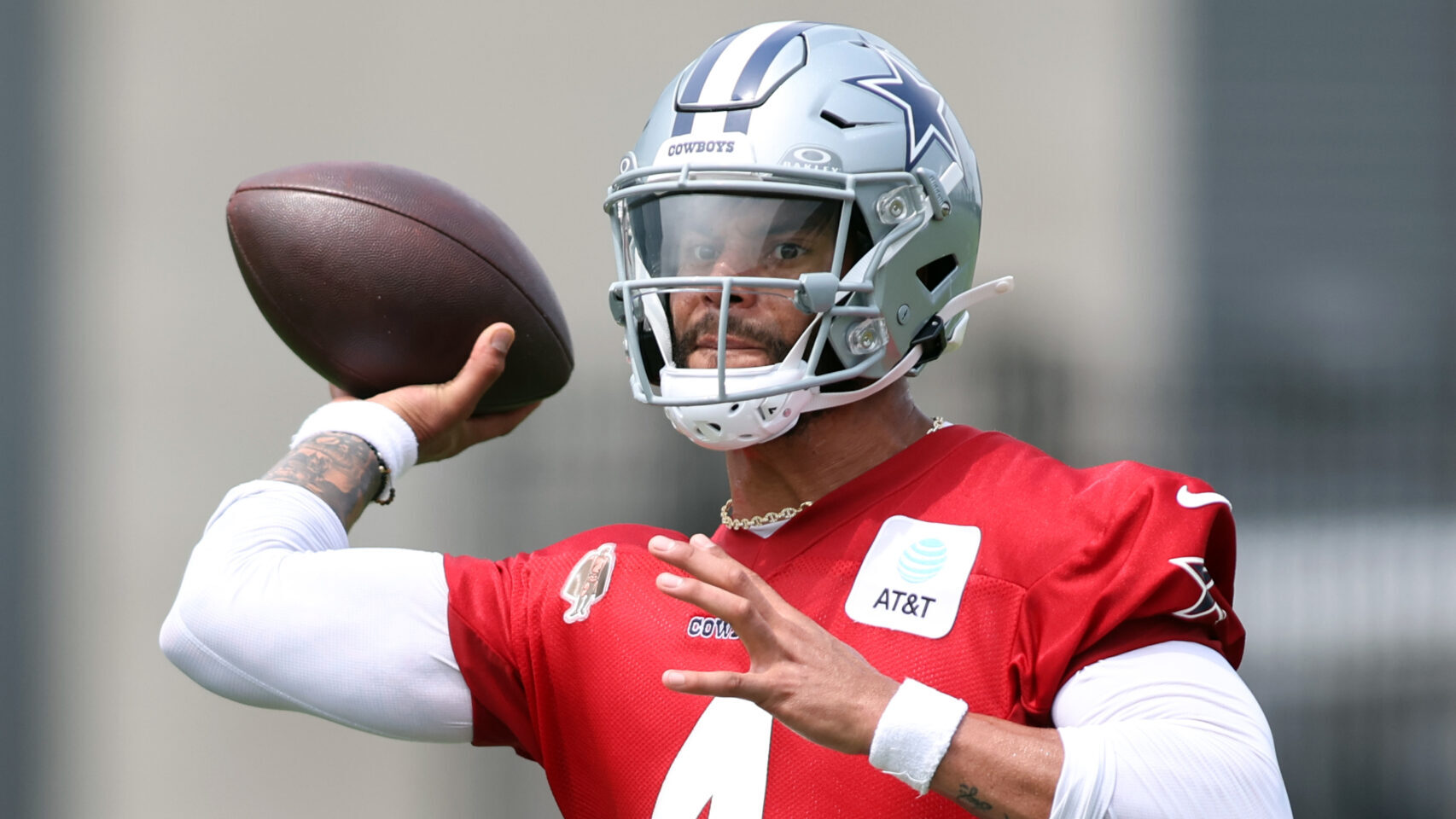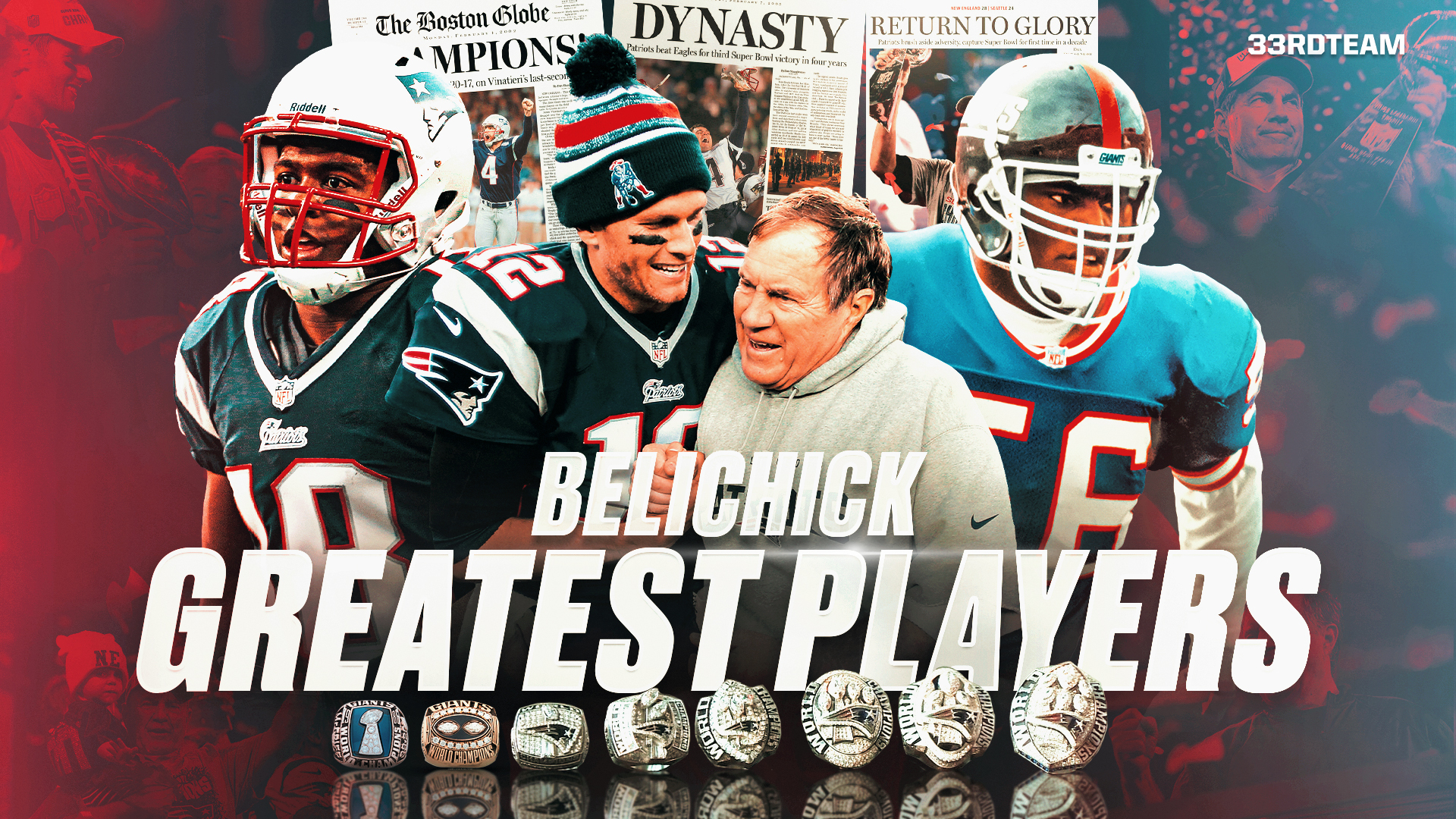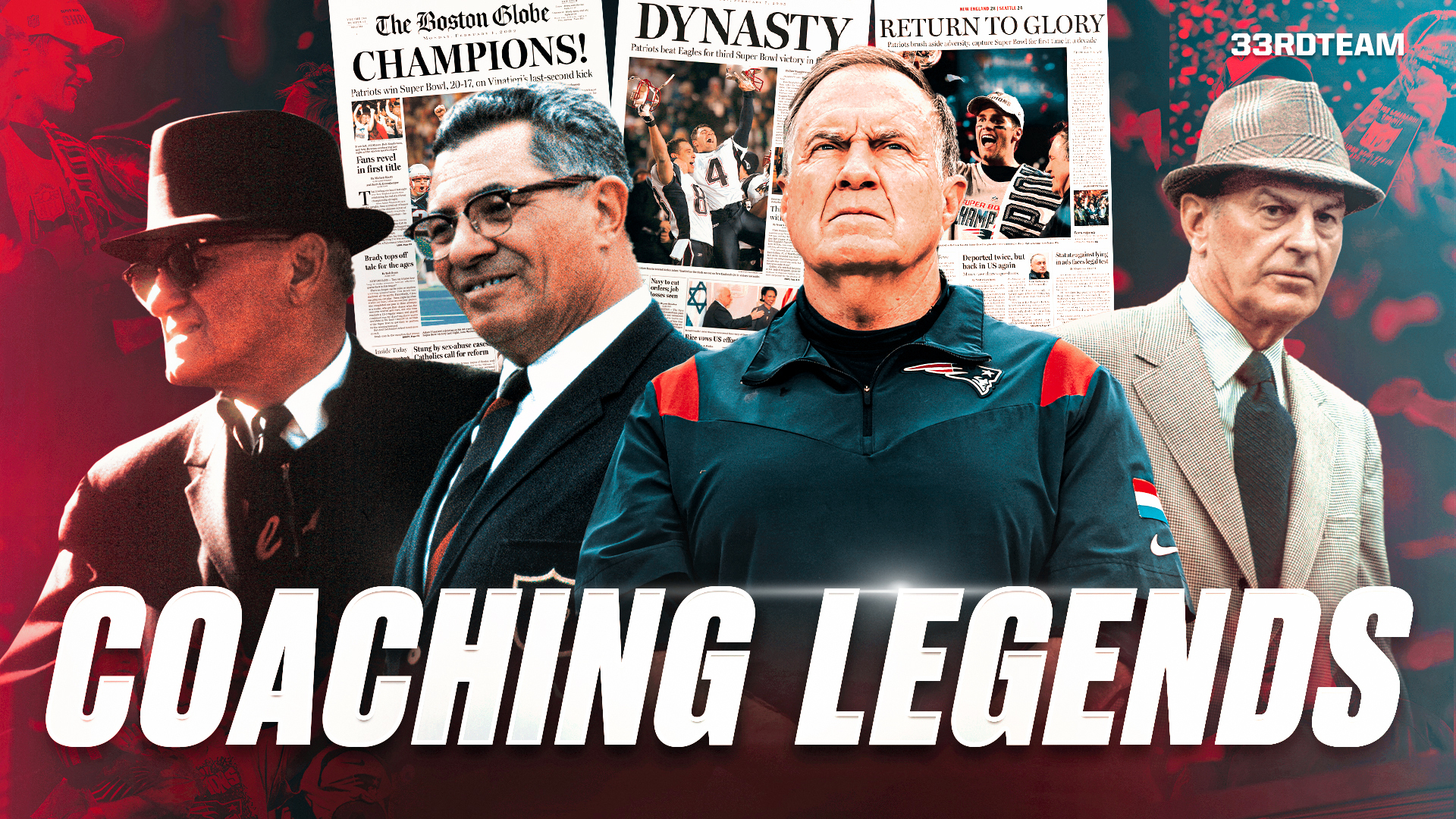Analysis
2/10/22
14 min read
Keep Pounding: Sam Mills’ Long Trip to Canton
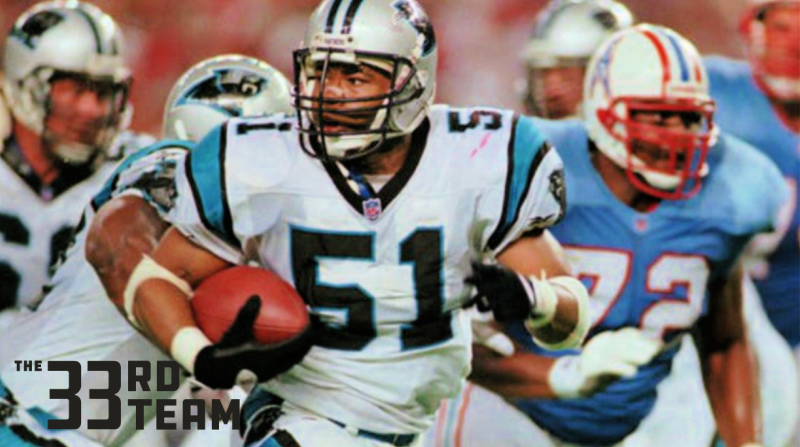
The list of people who have doubted Samuel Davis Mills Jr. is longer than the Chesapeake Bay Bridge-Tunnel.
Too small, they all said. A 5-foot-9 linebacker? C’mon, man.
The Cleveland Browns said it back in 1981 after signing Mills out of Division III Montclair (N.J.) State as an undrafted free agent and then cutting him a couple of months later.
The CFL’s Toronto Argonauts said it the next summer after they released him.
Hall of Fame general manager Bill Polian, who is one of the best judges of football flesh in NFL history, said it.
“Sam was at a tryout camp when I was scouting for the Montreal Alouettes,” Polian said. “You could tell he was a good athlete and really smart. But we just thought he was too short. Shame on us.”
Jim Mora said it as well. He wanted to send Mills packing in ’83 shortly after taking the Philadelphia Stars’ head coaching job in the United States Football League.
“I took the job a couple of weeks before the start of training camp,” Mora said. “I didn’t know one guy from the other when we went to camp. Every night, I would meet with my staff and have our position coaches rate and comment on their players.
“Vince Tobin, who was my defensive coordinator, also coached the linebackers. Every night, he would have Sam rated as his No. 1 guy. I’d say, ‘Vince, we can’t play with a 5-9 middle linebacker. We just can’t do that. People will laugh at us.’
“Vince would look at me and say, ‘What can I tell you? He’s the best guy we’ve got. If you want to cut the rest of our linebackers and start over, go ahead.’ After a few days, I started going over and hanging around the linebackers and watching Sam and began to understand why Vince liked him so much.”
Three years later, when the USFL went belly-up and Mora was hired as the head coach of the New Orleans Saints, he took Mills with him. Even after dominating the spring league and being a three-time All-USFL selection, more doubters were waiting for Mills in the Big Easy.
‘Do it for me, baby’
“We were about a week into training camp in Hammond, La., and I am killing our football team,” Mora recalled. “Working them hard in the worst heat and humidity I’ve ever coached in. I was trying to make a point. New coach, first year, I was gonna push the hell out of them. Two-a-days every day, full pads, both practices.
“They had been out there for about 5-6 days when Sam joined us. I remember it was a morning practice. These guys were all pissed off at me for working them the way I was working them, thinking I was nuts.
“Sam goes out there. We’re doing 9-on-7 drills. Defensive line and linebackers against the (offensive) line, tight end, quarterback and running back. And they’re just going to run right up the middle. It wasn’t really live-live. But it was as close to live as you can get.
“The first play of the drill, Sam’s in there at linebacker. We had some pretty impressive defensive linemen. We had Jumpy Geathers, Frank Warren, Bruce Clark, Jim Wilks. Rickey Jackson was one of our linebackers.
“Sam was standing in that huddle and he looked short, really short. I’m standing there and I know what (the players) are thinking. They’re thinking, ‘Holy crap. This stupid-ass USFL coach brings this little guy in and expects him to play? Is he serious?’
“Well, the offense calls a play and I’m saying to myself, ‘C’mon, Sam. Do it for me, baby. Show ‘em what you’ve got.’ Damn if they don’t run right at him. And he steps up and stuffs our 300-plus pound guard at the line of scrimmage and makes the tackle.
“I breathe a little sigh of relief. Next play, same thing. They run straight at Sam again. And again, he steps up, stuffs the lineman and stuffs the back. Three straight plays he did that.
“From that point on, for the rest of the time I coached Sam Mills, he never looked short in a huddle to me again. He never looked out of place with those guys. And they fell in love with him that first day and were impressed and the rest is history.”
Mora coached Mills for 12 years – three with the Stars and nine with the Saints. He has repeatedly called him the best player he’s ever coached, which is sky-high praise when you consider that he also coached a fellow by the name of Peyton Manning, who was inducted into the Pro Football Hall of Fame last summer.
“Sam was the best player I ever coached; he was the ideal player to coach,” Mora said. “He was an amazing guy.”
Headed for the Hall
Mills, whose nickname was Field Mouse, died of cancer in 2005 at the too-young age of 45. On Thursday night, he finally got his due when the Pro Football Hall of Fame’s class of 2022 was announced and Mills was one of its eight members, along with fellow modern-era players Tony Boselli, LeRoy Butler, Richard Seymour and Bryant Young; and Dick Vermeil (coach), Cliff Branch (senior) and Art McNally (contributor).
The enshrinement ceremony for Mills and the rest of the Class of 2022 will take place on August 6 in Canton.
Much like his NFL career, which didn’t begin until he was 27, Mills has had a little bit of a wait to get into the Hall of Fame. This was his third year as a finalist and 20th – and final – year as a modern-era candidate. If he hadn’t been selected this year, he would’ve gone into the senior pool.
Boselli and Butler both made it in their 15th year of eligibility. Boselli was a six-time finalist. Like Mills, this was Butler’s third year as a finalist.
Young made it in his ninth year of Canton eligibility and second as a finalist. Seymour was a finalist in all four of his years of eligibility.
Seymour, Boselli and Young all were first-round picks. Butler was a second-round selection. Mills entered the NFL through the back door as an undrafted player, but used that slight as motivation.
He would become a five-time Pro Bowler and two-time All Pro, who helped turn around a Saints franchise that had never made the playoffs before he got there. Late in his career, he signed with the expansion Carolina Panthers and led them to the NFC Championship Game in just their second year of existence.
He was a first-team All Pro selection that year, at the age of 37. He’s in both the Saints’ and Panthers’ Hall of Fames. His impact on the Panthers as both a player, and later an assistant coach, was profound, as evidenced by the statue of him stands in front of the Panthers’ stadium.
No one was more familiar with what Mills could do than Vic Fangio. Fangio coached Mills for 14 of his 15 years as a pro – two with the Stars in the USFL, nine with the Saints as their linebackers coach, and three with Carolina as the Panthers’ defensive coordinator.
No overachiever
“Everybody looked at Sam as an overachiever because he was short,” Fangio said. “But he wasn’t an overachiever. He had a lot of talent. He just happened to be 5-9.
“He was a very talented player, but had an overachiever’s mentality and work ethic. Combine that with his talent and that’s why he was so good. He was the leader of the defense everywhere he played. Called everything. He made others better, which I think is an important quality.
“And he knocked the crap out of people.”
Mills used his lack of his size to his advantage. A former district-champion wrestler at Long Branch High School in New Jersey, he had a powerful lower body and it was next to impossible to knock him off his feet. He would hide behind his linemen and explode into blockers and ball carriers.
“In football, low man wins,” Mora said. “Sam could step up and get leverage on an offensive lineman or back coming out to block him, and he had the strength and technique to stuff people and make the play. He was an incredible football player.”
Fangio: “Everybody thought they could take advantage of his height. Offensive linemen thought they could fire out and engulf him because they were bigger than him. But it didn’t work.
“Teams would try to beat him down the middle with a tight end. Never happened. I can remember just one touchdown that he ever gave up in the red zone. It was to (Minnesota Vikings tight end) Steve Jordan. He caught a pass on the end-line in the back of the end zone against him. They threw it nice and high.
“Every year, there might’ve been one or two plays where you saw Sam’s height as a detriment. But never more than that.”
If not for the USFL, Mills not only wouldn’t have made it to Canton, he never would have made it to the NFL. After getting pink slips from the Browns and the Argonauts, he took a job as a photography teacher at East Orange High School. He pretty much thought his football career was over.
Then, in August of 1982, shortly after taking the teaching job, the Stars called him and invited him to Philadelphia for a tryout. He told them he’d get back to them. He knew nothing about the new spring league. Did he really want to turn his back on a teaching job that would help feed his growing family to go and risk have somebody else tell him he was too short?
Mills mulled it over for two months before finally accepting the Stars’ offer. The rest, as Mora said, was history. He dominated the USFL and led the Stars to two league titles in three years.
In New Orleans, he became the leader of one of the NFL’s best linebacking units, which also included Jackson, Pat Swilling and Vaughan Johnson. Mills will be the second member of the quartet known as the Dome Patrol to make it to Canton. Jackson was selected in 2010.
A leader for the Panthers
In 1995, at the age of 36, Mills signed with the expansion Panthers. Polian, who a decade-and-a-half earlier was one of the skeptics who thought Sam was too short to play professional football, was the Panthers’ GM. Dom Capers, who was an assistant with the Stars and Saints when Mills played for them, was Carolina’s head coach.
“When his name came up as a potential free agent signing, it was kind of a no-brainer,” Polian said. “Dom knew him intimately and loved him. We weren’t concerned about his age because the role he was going to play was that of leader and elder statesman. The guy that got everybody lined up in the defense.
“And we knew he could still play. There was no question about that. And longevity wasn’t an issue with us because we were trying to build a team that could win quickly because we needed to sell PSLs.”
The Panthers initially were a hard-sell in Charlotte. The Carolinas were college basketball and NASCAR country. It didn’t help that the Panthers lost their first five games in ’95. They were on their way to another loss to the New York Jets in their sixth game when Mills intercepted a Bubby Brister shovel pass and returned it 36 yards for a touchdown. Suddenly, everything changed. The Panthers went on to win seven of their last 11 games and finish a respectable 7-9.
The next year, with Mills and another future Hall of Fame linebacker, Kevin Greene, leading a defense that finished second in the league in points allowed (13.6), the Panthers went 12-4 and made it all the way to the NFC Championship Game. In their second year of existence.
“From a football standpoint, Kevin was the difference-maker on that unit,” Polian said. “But from the standpoint of keeping everyone even-keeled and focused and believing that we could get it done, Sam was the guy that did that.
Beating the odds
“His career was pretty amazing. You talk about a guy who beat the odds at every turn. It’s in many ways a Horatio Alger story. And a great story of someone who wouldn’t take no for an answer.
“Tony Dungy coined the phrase quiet strength. That was Sam. He wasn’t quiet in the sense that he let you know how he felt about things and was a great teammate. But he didn’t seek the limelight.
“He also was one of the smartest players I’ve ever been around. He knew everybody’s assignment on every play. He knew every adjustment. He studied so hard that he knew what was coming from the opposition.”
Mills retired after the 1997 season, but remained with the Panthers as a defensive assistant on Capers’ coaching staff. Eventually became the team’s linebackers coach.
In August of 2003, just two months after celebrating his 44th birthday, Mills received some devastating news. He found out he had intestinal cancer. Doctors gave him anywhere from three months to a year to live.
He continued to coach during his chemo and radiation treatments. The Panthers went 12-4 in ’03 and made the playoffs. The day before their first playoff game against the Cowboys, Mills asked head coach John Fox if he could address the team.
‘Keep pounding’
“When I found out I had cancer, there were two things I could do: quit or keep pounding,” Mills told the Panthers players that unforgettable day. “I’m a fighter. I kept pounding. You’re fighters too. Keep pounding.”
Inspired by Mills’ words, the Panthers went out the next day and beat the Cowboys, 20-10. Beat the St. Louis Rams the next week and the Philadelphia Eagles the week after that in the NFC Championship Game before losing to the New England Patriots in Super Bowl XXXVIII by a field goal.
“That speech was very emotional,’’ said Jim Skipper, who was the Panthers’ running backs coach in ’03 and was one of Mills’ closest friends. “He was going through chemo. He understood reality. He just told the guys, ‘Hey, look, no matter what the situation is, keep looking forward. Keep on pounding. Just keep doing what you’re doing. He was very emotional, and it stuck.”
Since that day, Keep Pounding has been the mantra of the Panthers’ franchise. It’s on the walls of the Panthers’ locker room. It’s stitched into the inside collar of each player’s jersey.
There is a huge Keep Pounding drum on the sideline at every home game that a special guest bangs right before kickoff. There is a Keep Pounding charity fund, a Keep Pounding 5K race, a Keep Pounding blood drive and a Keep Pounding kids program. Millions have been raised under the Keep Pounding banner to find a cure for the cancer that killed Mills.
Fighting to the end
I had an opportunity to talk to Mills in October of 2004, 14 months after his diagnosis and seven months before his death. He was still fighting, still pounding and still coaching.
“If God ain’t finished with me yet,” he told me that day, “nothing will happen. You’ve just got to believe and keep going.
“It certainly makes you appreciate life a lot more. I remember last year when we went out to Arizona for a game after I was diagnosed. You look around and you say, wow, what a beautiful country.
“You hear people talk about a movie coming out this winter or next spring and you think, man, I might not even make it that far. They talk about road projects and developments going up that should be done in 2005, and you say, I might not even see that.
“But that’s the way life is every day anyway. You don’t know whether you’re going to be around the next day. But something like this brings it to the forefront.”
To get in touch with Paul Domowitch, email him at pdomo@aol.com or find him on Twitter @pdomo


